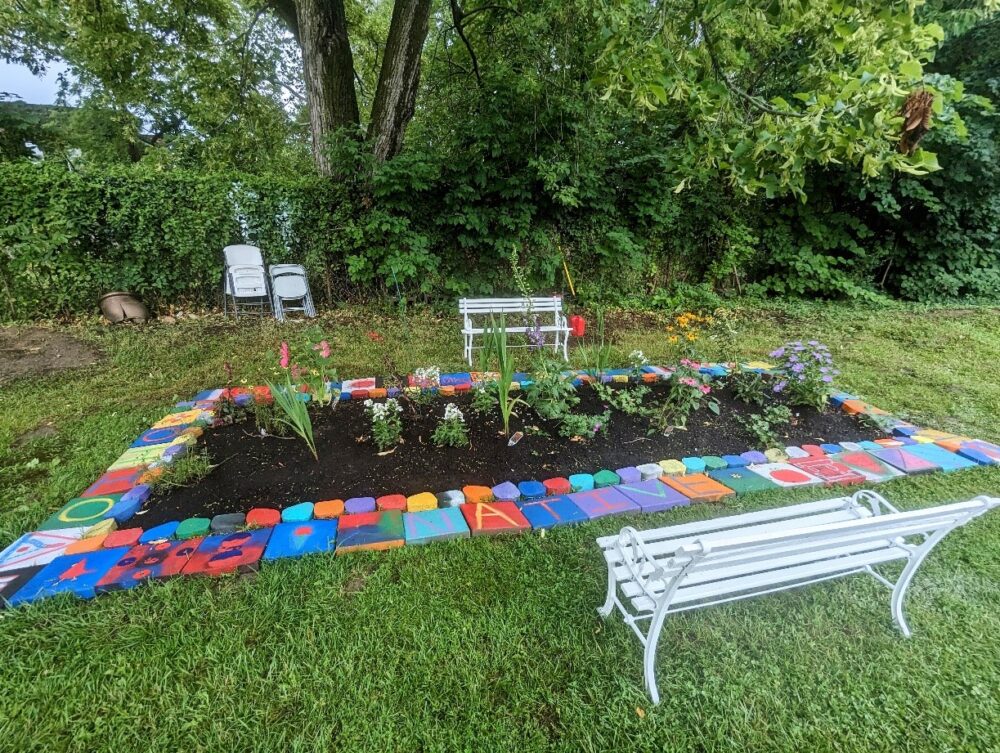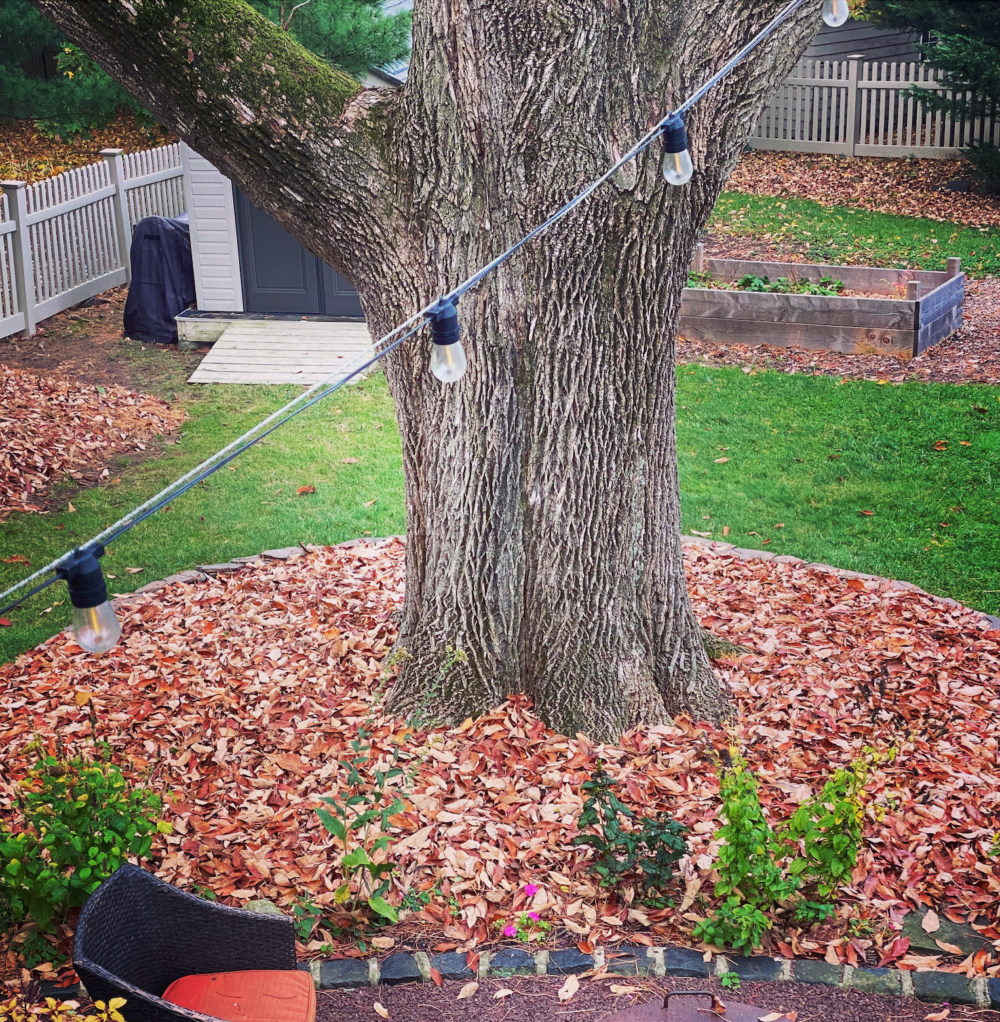We have much more to do and your continued support is needed now more than ever.
A Garden for Zebras and Tigers


The state butterfly of Tennessee, the zebra swallowtail is unmistakable with its black and white stripes and long “tails.” Adult butterflies seek out the nectar of native milkweed, verbena, blueberry and red bud flowers. Females lay eggs exclusively on the leaves of pawpaw trees.
The eastern tiger swallowtail butterfly is a common backyard visitor and the state symbol of Delaware and North Carolina. Wild cherry, milkweed, and joe-pye weed provide nectar for adult butterflies. Caterpillars feed on the leaves of native trees including wild black cherry, ash, tulip tree, willow, sweetbay, and basswood.
Butterfly Garden Essentials
Attracting butterflies involves incorporating plants that serve the needs of all life stages of the butterfly. The insects need places to lay eggs, food plants for their larvae (caterpillars), places to form chrysalides and nectar sources for adults. For tips about attracting butterflies and other wildlife, get involved in the National Wildlife Federation’s Garden for Wildlife program.
The Power of Pollinators
Butterflies like the zebra swallowtail and eastern tiger swallowtail not only bring beauty to your wildlife garden, but also serve a critical role in pollinating flowers. Pollinators worldwide are in decline due to habitat loss, reductions of the availability of native food plants, interruption of migratory routes, and the use of insecticides and herbicides.
The decline of butterflies, bees, and other pollinators indicates potential alarming consequences for natural ecosystems as well as food production for people.One-third of the nation’s food crop is dependent upon insects and other pollinators.
The National Wildlife Federation and our state affiliates are working to increase habitat for pollinators through the installation of backyard, schoolyard, and community gardens throughout the country.

Certify Your Garden
When you create a garden for pollinators and certify it with the National Wildlife Federation, it also counts towards the Million Pollinator Garden Challenge.




















